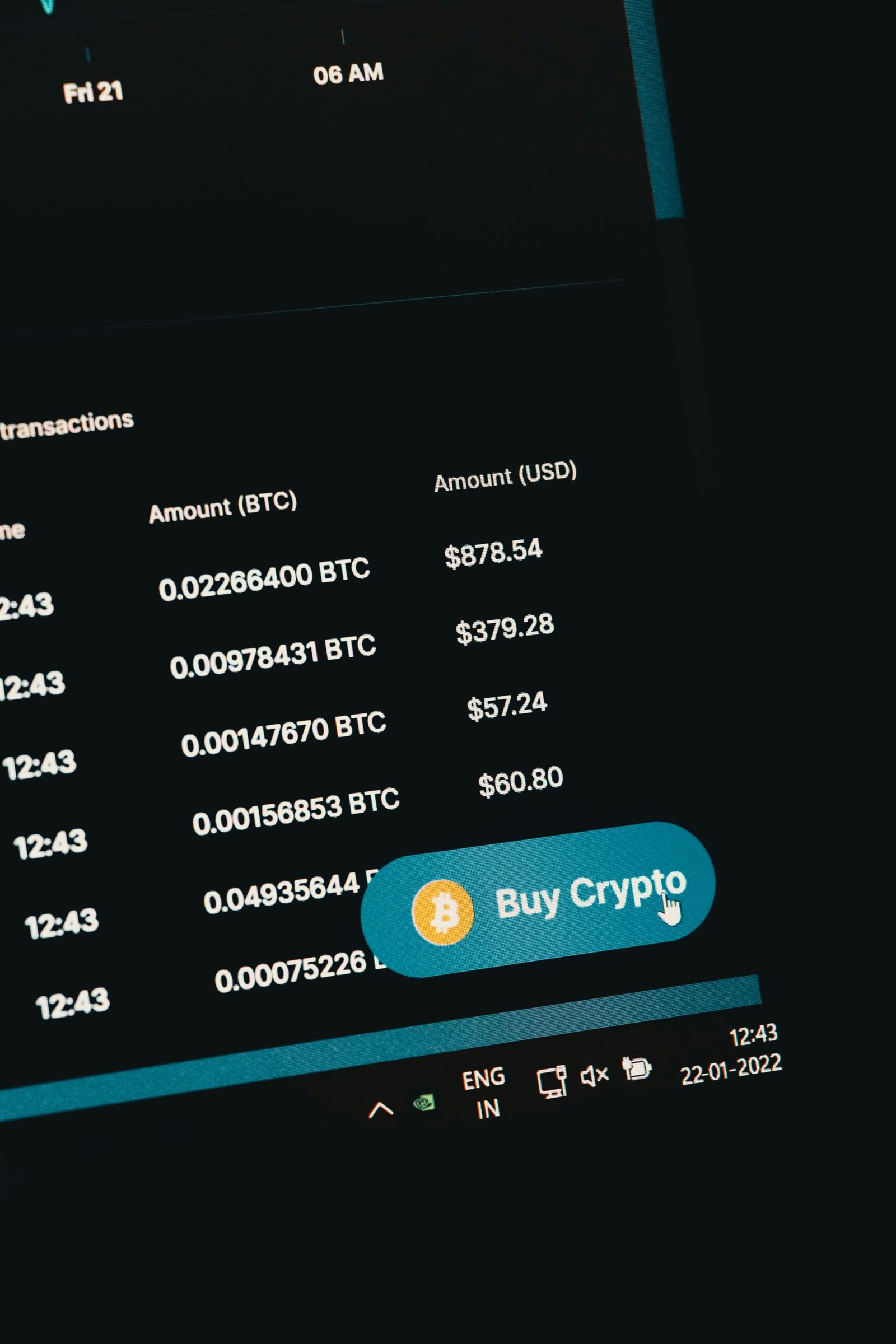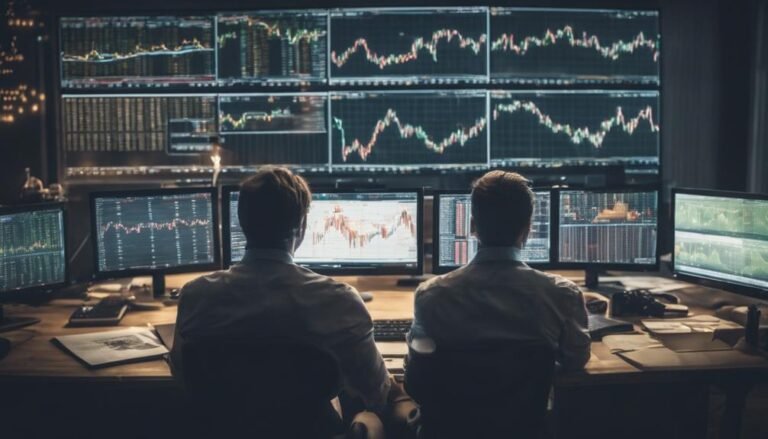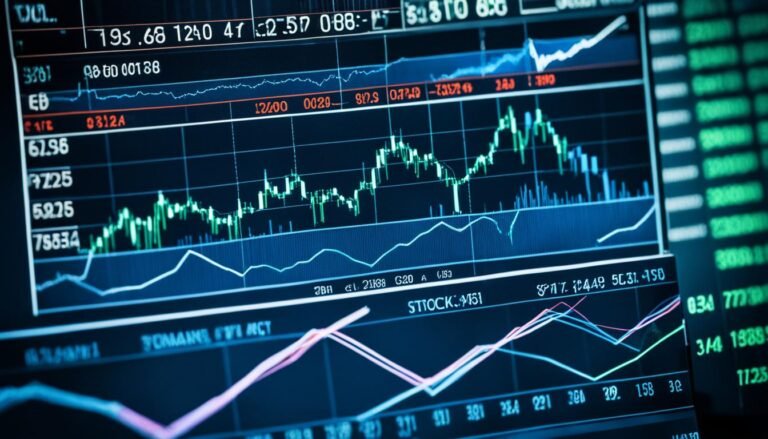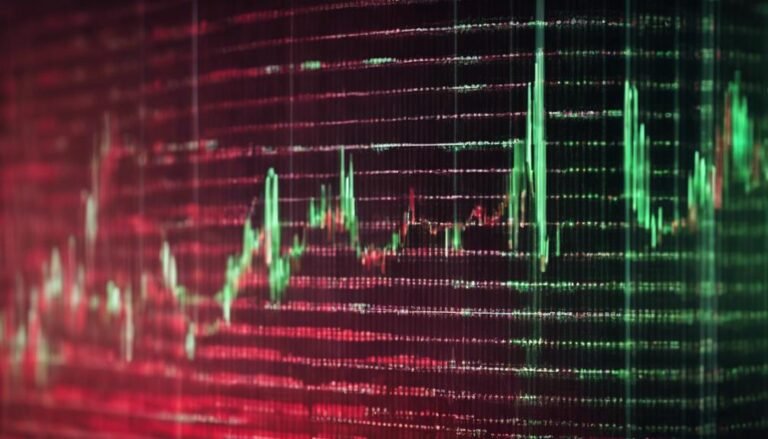Navigating the Forex World: Essential Tips for Beginners
Basics of Trading
Introduction to Trading
Trading is all about buying and selling stuff like forex, stocks, options, and cryptocurrencies. If you’re just starting with forex, it might feel like you’re diving into a sea of numbers and charts. But don’t worry, with the right info and a bit of practice, it gets easier.
At its heart, trading is about guessing where prices will go. You make money by buying low and selling high, or the other way around if the market’s going down. To do this, you need to get a grip on market trends, read price charts, and use different trading strategies (technical analysis for trading).
Importance of Risk Management
Risk management is like the seatbelt of trading. It keeps your money safe and helps you stay in the game longer. Newbies often skip this part and end up losing big.
Here are some key points to keep in mind:
- Setting Stop-Loss Orders: This is like having a safety net. It automatically sells your stuff if prices drop too much, so you don’t lose more than you can handle.
- Position Sizing: This means deciding how much money to risk on each trade. It helps you avoid putting all your eggs in one basket.
- Diversification: Spread your money across different things. This way, if one thing tanks, you won’t lose everything.
Check out this table for a quick look at some risk management tricks and why they’re useful:
| Strategy | What It Does | Why It’s Good |
|---|---|---|
| Stop-Loss Orders | Sells your stuff if prices drop too much | Keeps you from losing too much money |
| Position Sizing | Decides how much to risk on each trade | Lowers your overall risk |
| Diversification | Invests in different things to spread risk | Lessens the blow if one investment fails |
Using these risk management tips, you can handle the ups and downs of forex trading better and boost your chances of making money. Want more tips? Check out our articles on day trading tips and options trading strategies.
Jumping into Forex
Diving into forex trading means getting a grip on the market and picking the right broker. Let’s break down the basics of forex markets and the steps to choose a broker.
What is Forex?
Forex, short for foreign exchange, is where currencies are swapped. It’s the biggest financial market, with over $6 trillion changing hands daily. This market never sleeps, running 24/5, so you can trade anytime.
Here’s what makes the forex market tick:
| Feature | Description |
|---|---|
| Market Size | Over $6 trillion in daily trading volume |
| Trading Hours | Open 24/5 (Monday to Friday) |
| Currency Pairs | Trade involves buying one currency and selling another (e.g., EUR/USD) |
| Leverage | Control big trades with small amounts of money |
Knowing these basics helps you understand how forex works. For more on trading strategies, check out our guides on intraday trading strategies and technical analysis for trading.
Picking a Broker
Choosing the right broker is a big deal for anyone getting into forex. Not all brokers are created equal, so you need to weigh a few things before deciding.
Here’s what to look for in a forex broker:
| Factor | Why It Matters |
|---|---|
| Regulation | Ensures your money is safe with a reputable authority. |
| Trading Platform | Needs to be user-friendly with the tools you need. |
| Spreads and Commissions | Lower costs mean more profit for you. |
| Customer Support | Quick help can save you a lot of headaches. |
| Account Types | Different accounts offer various leverage and deposit options. |
As Brown, A. (2020) points out, these factors can make or break your trading experience. Do your homework: read reviews, compare features, and make an informed choice. For more trading tips, check out our articles on options trading strategies and day trading tips.
By getting a handle on forex markets and picking the right broker, you’re setting yourself up for a solid start in trading.
Essential Forex Trading Strategies
Diving into forex trading? Nailing down some solid strategies is your ticket to success. Let’s break down two main ways traders get the job done: technical analysis and fundamental analysis. These methods help you make sense of market moves and guide your trading choices.
Technical Analysis
Technical analysis is all about looking at past price data and chart patterns to predict future moves. Traders using this method love their charts and indicators. Here are some key tools they use:
| Tool | What It Does |
|---|---|
| Moving Averages | Smooths out price action to show direction |
| Relative Strength Index (RSI) | Measures speed and change of price movements |
| Fibonacci Retracement Levels | Spots potential support and resistance levels |
| Candlestick Patterns | Visual cues for market reversals or continuations |
Want to get better with charts? Check out our guide on candlestick patterns for trading.
Technical analysis is a hit with short-term traders, like those into day trading or intraday trading. By studying past price moves, traders can make smart decisions based on market behavior, not just outside factors.
Fundamental Analysis
Fundamental analysis looks at economic indicators, news, and geopolitical stuff that can shake up currency values. Traders using this method dig into economic reports and data releases, such as:
| Economic Indicator | What It Measures |
|---|---|
| Gross Domestic Product (GDP) | Overall economic performance of a country |
| Employment Data | Unemployment rates and job creation stats |
| Inflation Rates | How fast prices for goods and services are rising |
| Central Bank Policies | Interest rates and monetary policy decisions |
Knowing these factors helps traders judge an economy’s health, which can affect currency strength. For more trading tips, check out our articles on options trading strategies and stock trading strategies.
To wrap it up, both technical and fundamental analysis are key in forex trading. Many traders mix these methods to get a full picture of market dynamics, helping them make smarter trading moves.
Crafting Your Trading Plan
Jumping into forex trading without a plan is like driving blindfolded. A solid trading plan is your roadmap to success, helping you make smarter decisions and keep your cool when things get wild. Two key pieces of this puzzle are setting goals and managing emotions.
Setting Goals
Goals are your North Star in trading. They need to be clear, specific, and realistic. Think of them as your personal GPS, guiding you through the ups and downs. Use the SMART framework—Specific, Measurable, Achievable, Relevant, and Time-bound—to set goals that actually mean something.
| Goal Type | Example | Time Frame |
|---|---|---|
| Profit Target | Hit a 10% return on investment | 6 months |
| Risk Management | Keep losses under 2% per trade | Ongoing |
| Learning Objective | Finish a course on technical analysis | 3 months |
Having these goals keeps you on track and lets you see how far you’ve come.
Managing Emotions
Trading can be a rollercoaster of emotions. One minute you’re on top of the world, the next you’re in the dumps. Keeping your emotions in check is crucial. Mindfulness techniques like deep breathing, meditation, or just taking a break can help you stay calm and focused.
Here are some ways to keep your emotions in check:
| Strategy | Description |
|---|---|
| Mindfulness Meditation | Regular practice can help you stay focused and chill. |
| Pre-Trade Routine | A checklist before trading can make your actions more consistent. |
| Journaling | Writing down your trades and feelings can help you spot emotional triggers. |
By setting clear goals and managing your emotions, you’re setting yourself up for better outcomes in forex trading. Want more tips? Check out our articles on intraday trading strategies and technical analysis for trading.








